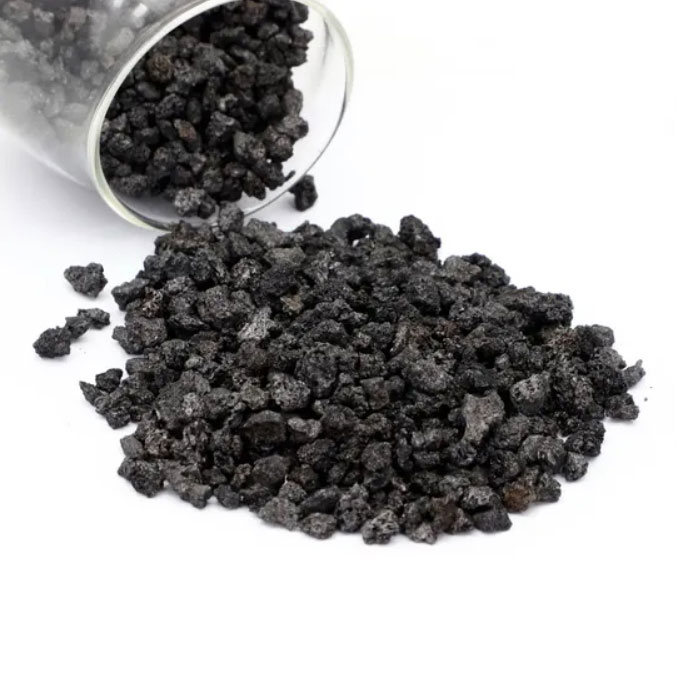
Steelmaking using High Carbon Petroleum Coke is an industrial process that uses fossil energy to produce steel. A mixture of petroleum coal and coke is typically used to create the hot air blast and heat required for melting iron ore inside a blast-furnace. The coke used in the blast furnace can also be converted into synthesis gas, which is a mixture containing carbon monoxide with hydrogen. The use or synthesis gas is one way to reduce the amount CO2 that a steel factory emits.
Petroleum coke is a valuable fuel for industries that need a fuel with low sulfur and low ash. The low cost and high energy density make it a more attractive option than other carbon sources such as brown coal or natural gas. By using coke instead of coal to produce steel, you can reduce energy consumption, along with the associated environmental impact.
The coking process is used to produce both coal and petroleum coke from bituminous or crude oil. The coking process is a destructive distillation of coal in the absence of air, which results in the formation of a dark grey and porous solid called fuel coke or petcoke. Coal and fuel coal are used in a number of industrial processes, including the smelting of iron ore, blacksmithing, electricity generation, and for making chemicals and synthetic gasoline.

For coal and coke to be suitable for metallurgical uses, they must meet various requirements. For example, metallurgical-grade coal should have a very high calorific content and be low in sulfur. A low sulfur content is important because too much sulfur in a steel production plant can lead to slag formation and lower the quality of finished steel products. Additionally, the ash content of coal and coke should be controlled because too much ash will reduce the efficiency of the blast furnace and increase operating costs.
Biochar and torrefied biomass are alternatives to petroleum coke and coal. The use of renewable feedstocks such as torrefied wood and biochar could help reduce the dependence on oil and limit climate change effects.
The EAF metallurgical performances of these renewable carbons are comparable to that conventional anthracite. Petroleum coke, calcined petroleum coal, and conventional petroleum coke. Anthracite has a higher graphitization than calcined coke, but it is more ordered and has larger crystals. The X-ray results showed that the BC1 sample had the highest graphitization compared with the BC2 sample. This may be due to BC2 containing more phosphorus compared to anthracite. The low Lc value observed in the sample of calcined Petroleum Coke may be explained by a higher percentage of Phosphorus.

Write a Message